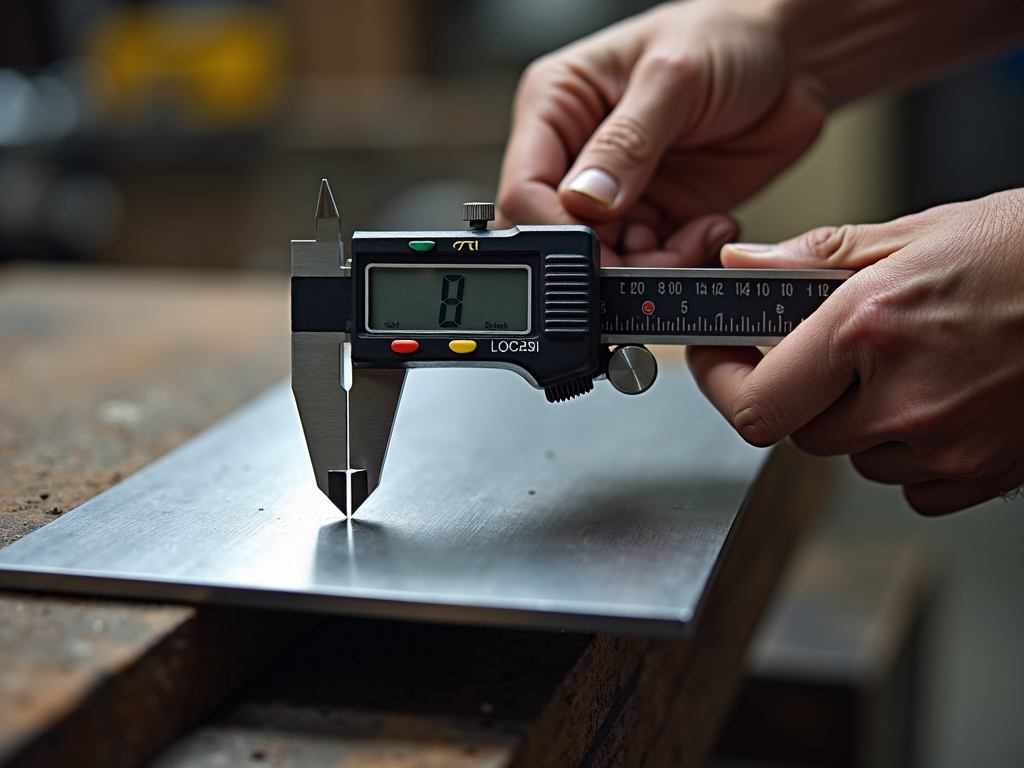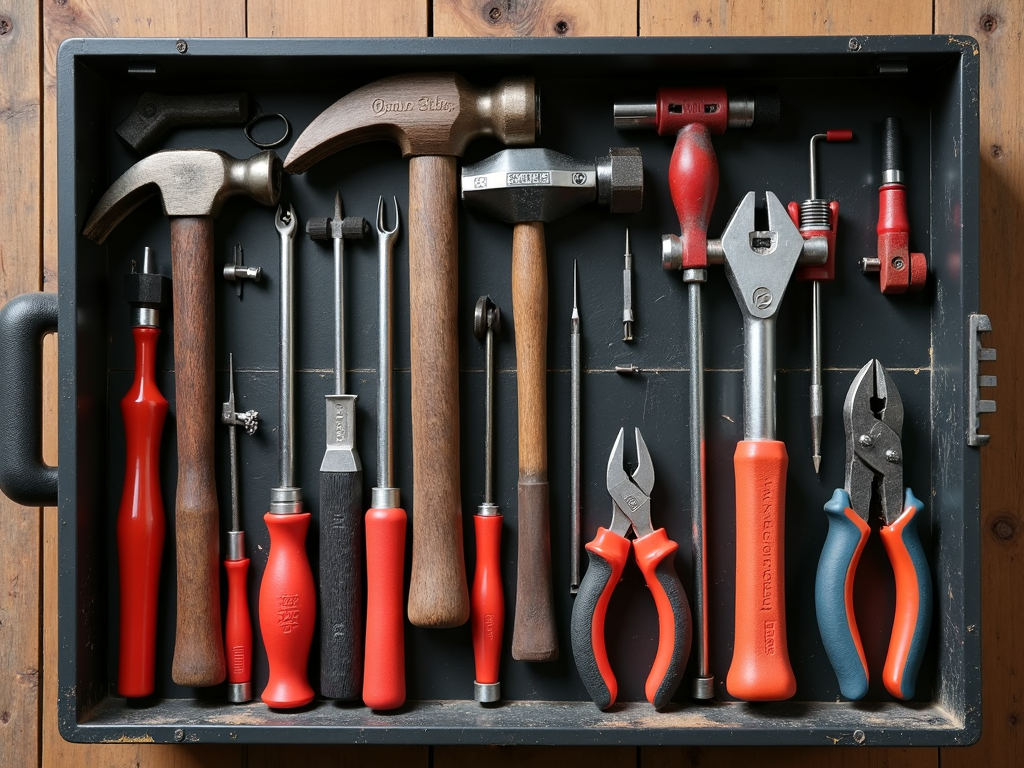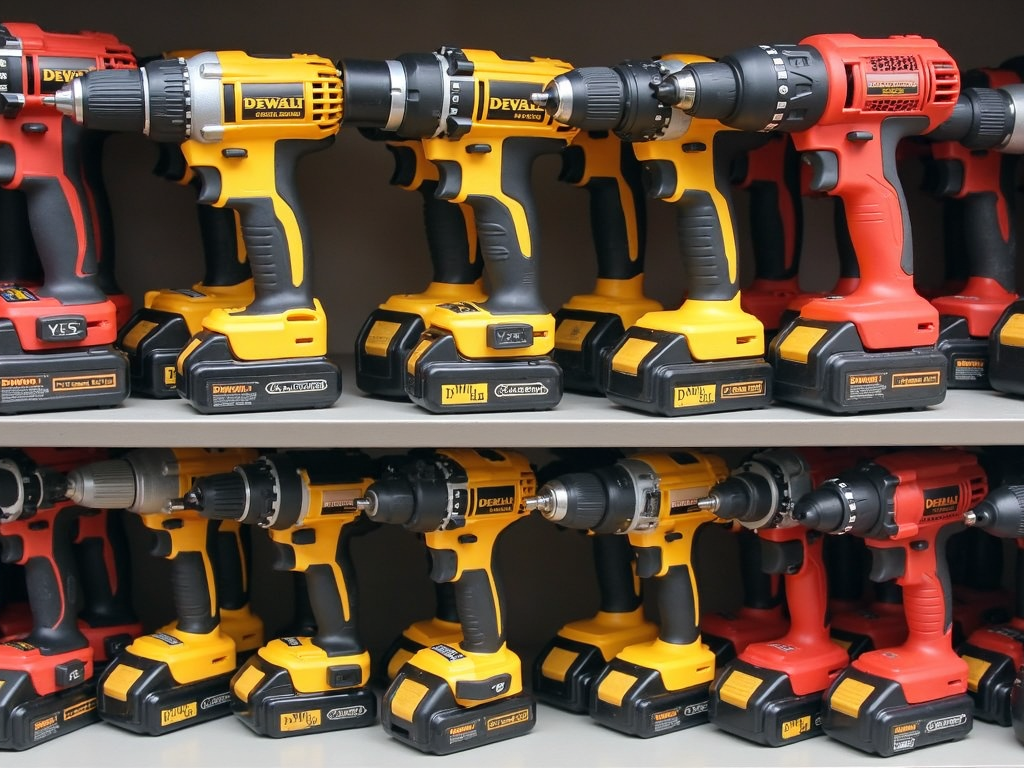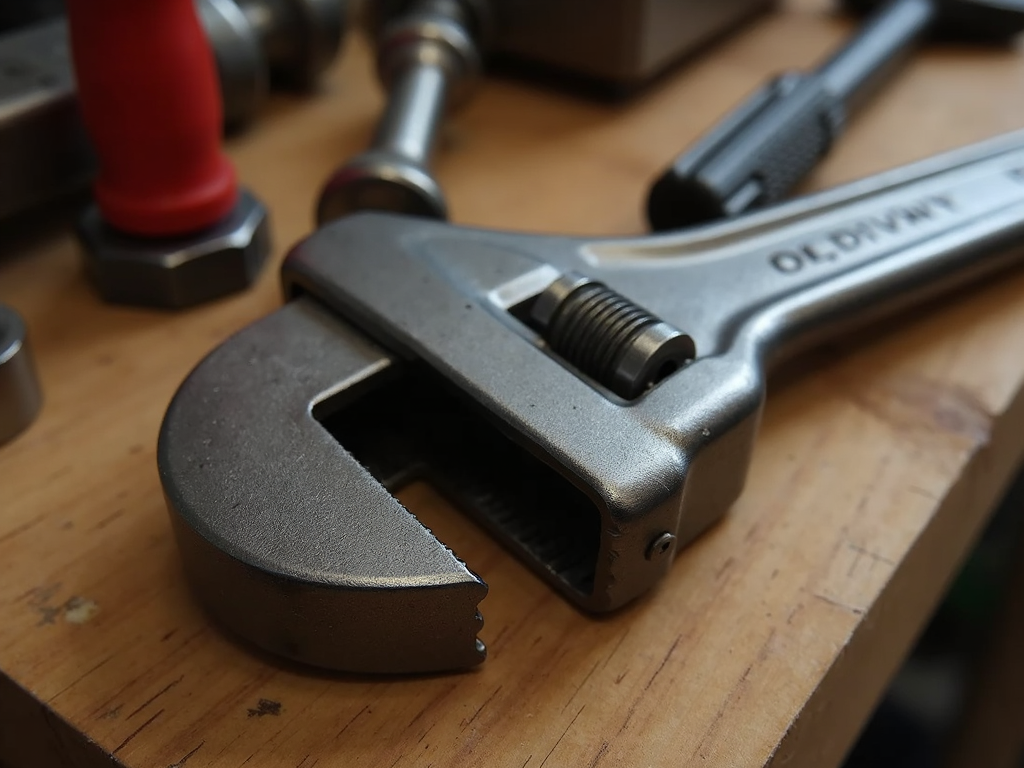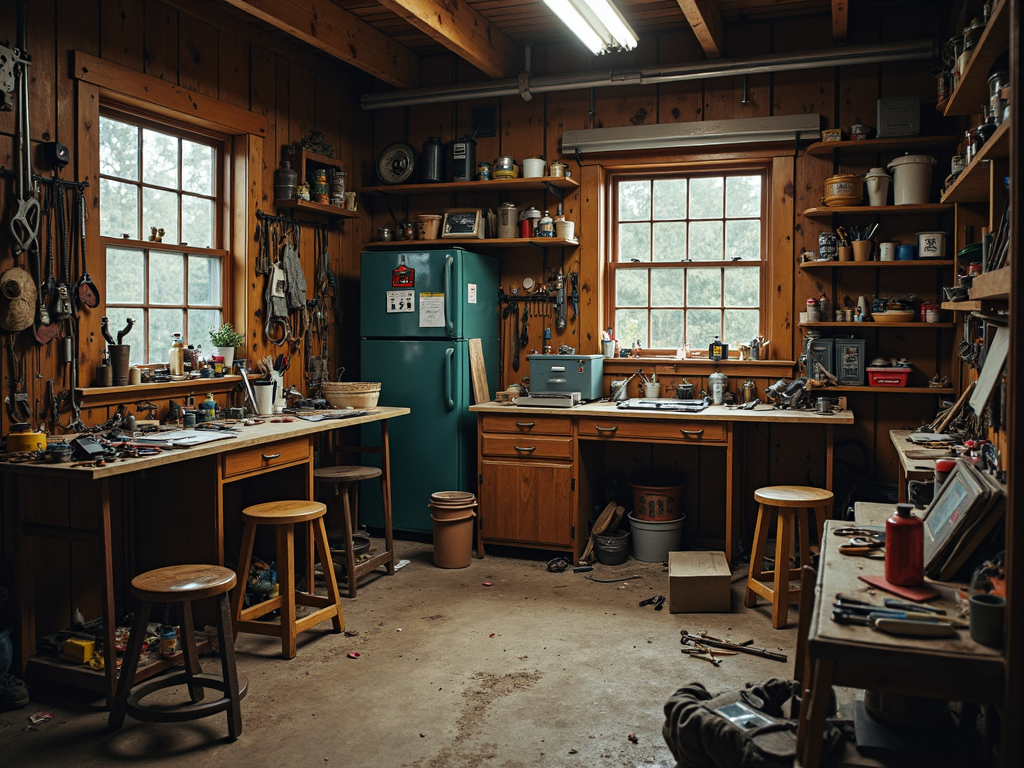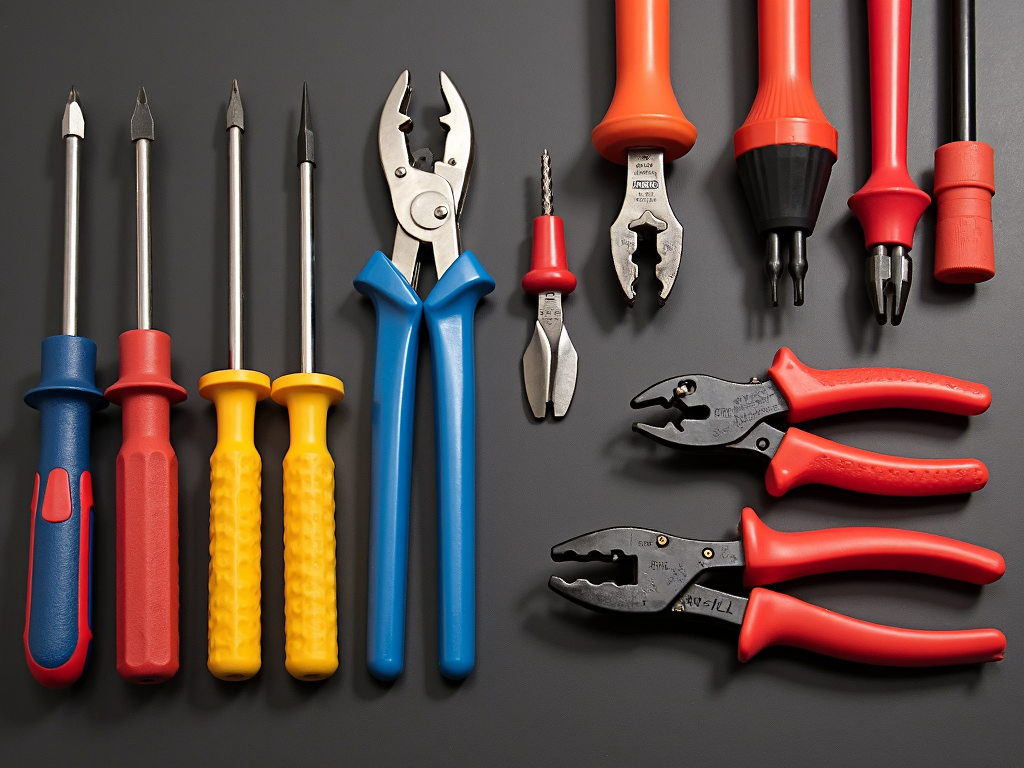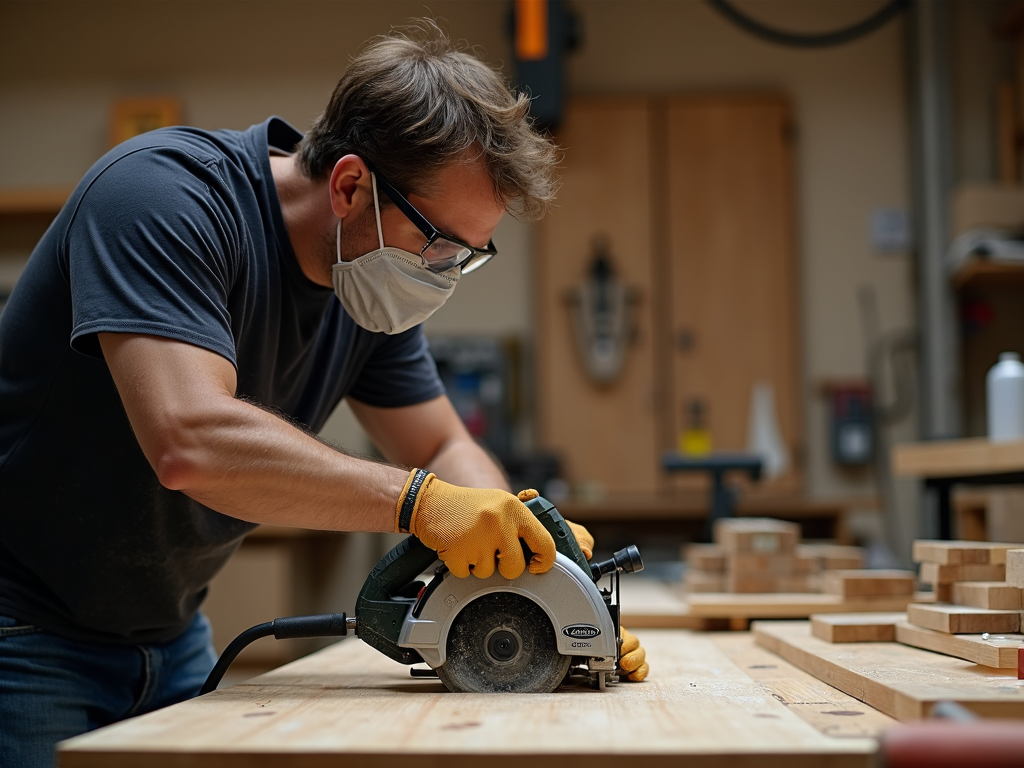Overview
Safety in the workshop is paramount for any DIY enthusiast or professional. Whether you're working with wood, metal, or plumbing, protecting yourself from potential hazards is essential. This article provides a comprehensive guide to workshop safety, covering everything from personal protective equipment to safe tool usage and workshop organization. By following these tips, you can ensure a safe and productive workshop environment.
Personal Protective Equipment (PPE)
One of the most important aspects of workshop safety is wearing the right personal protective equipment. This includes items like safety glasses, gloves, ear protection, and dust masks. Each piece of PPE serves a specific purpose and can protect you from different hazards.
For example, safety glasses are essential for protecting your eyes from flying debris, while gloves can prevent cuts and abrasions. Ear protection is crucial when working with loud tools, and a dust mask can protect your lungs from harmful particles.
When choosing PPE, it's important to select items that are appropriate for the task at hand. For instance, if you're working with chemicals, you may need chemical-resistant gloves and a respirator. Always ensure that your PPE is in good condition and fits properly.
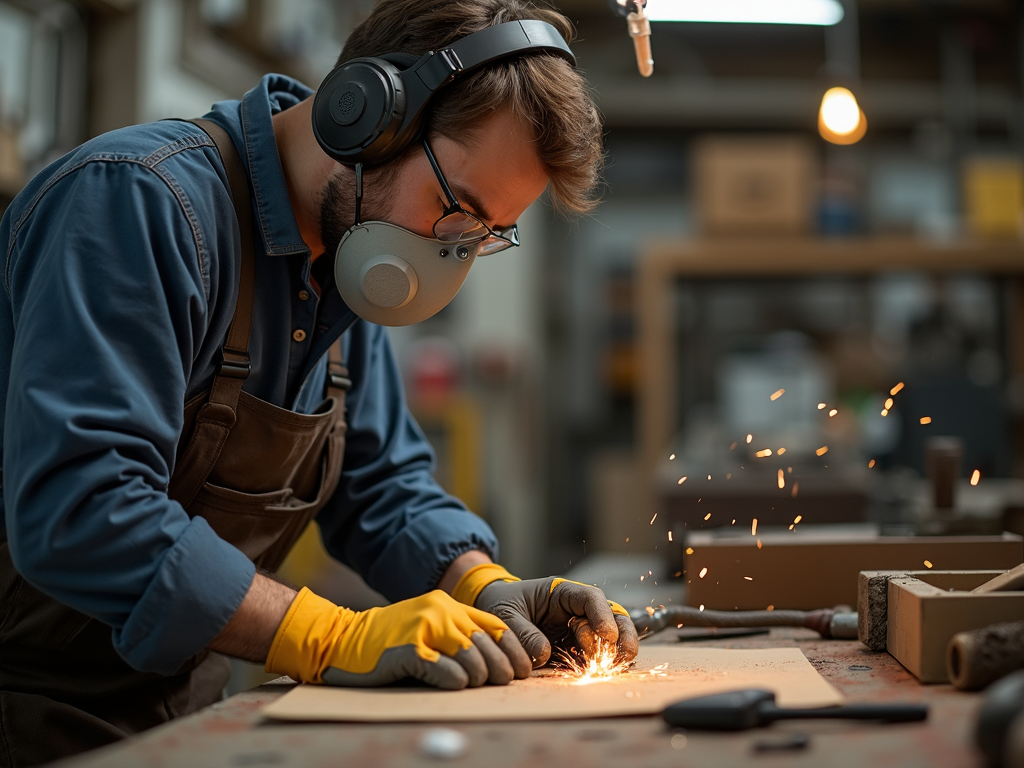
Safe Tool Usage
Using tools safely is another critical aspect of workshop safety. This includes understanding how to use each tool correctly, maintaining tools in good condition, and storing them properly when not in use.
For woodworking enthusiasts, essential tools like saws, drills, and sanders require specific safety precautions. For example, when using a table saw, always use a push stick to keep your hands away from the blade. Similarly, when drilling, ensure that the workpiece is securely clamped to prevent it from moving.
Plumbing tools also require careful handling. When working with pipes and fittings, use the appropriate wrenches and avoid over-tightening, which can cause damage or injury.
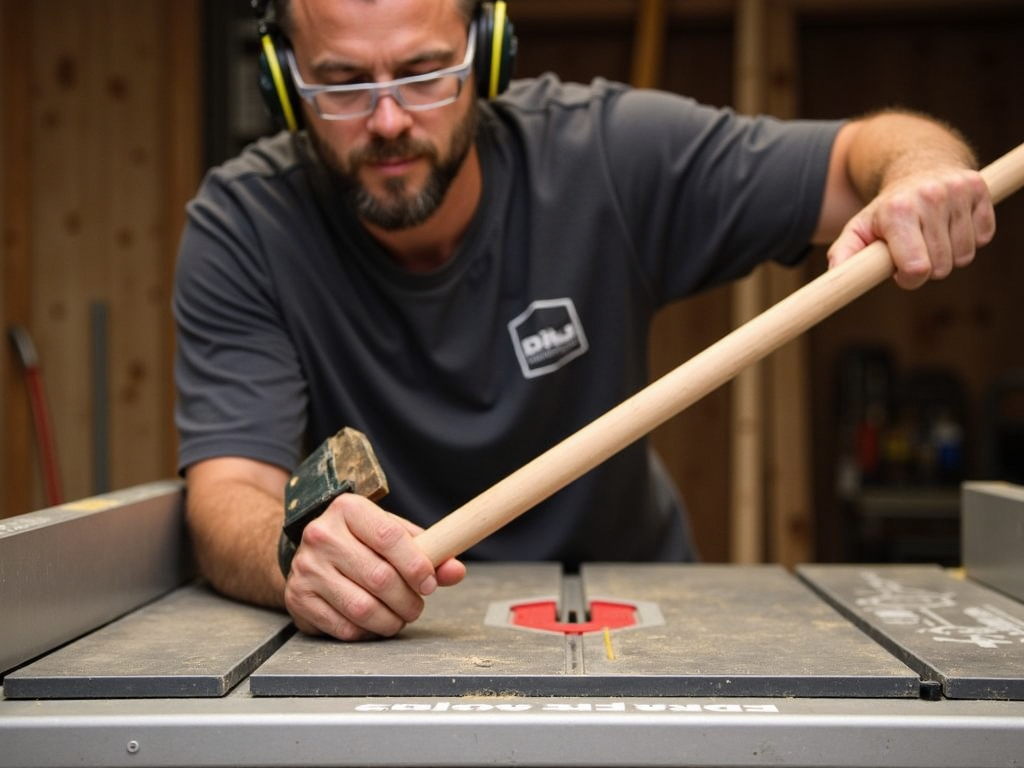
Workshop Organization
A well-organized workshop is not only more efficient but also safer. Clutter can lead to accidents, so it's important to keep your workspace tidy. This includes storing tools and materials in designated areas, keeping walkways clear, and ensuring that electrical cords are properly managed.
Good lighting is also essential for safety. Make sure your workshop is well-lit, with task lighting for detailed work. Additionally, consider the layout of your workshop to minimize the risk of trips and falls.

Emergency Preparedness
Even with the best safety practices, accidents can still happen. That's why it's important to be prepared for emergencies. This includes having a first aid kit readily available, knowing how to use it, and understanding basic first aid procedures.
You should also have a fire extinguisher in your workshop and know how to use it. Additionally, consider installing smoke detectors and ensuring that your workshop has proper ventilation to prevent the buildup of harmful fumes.
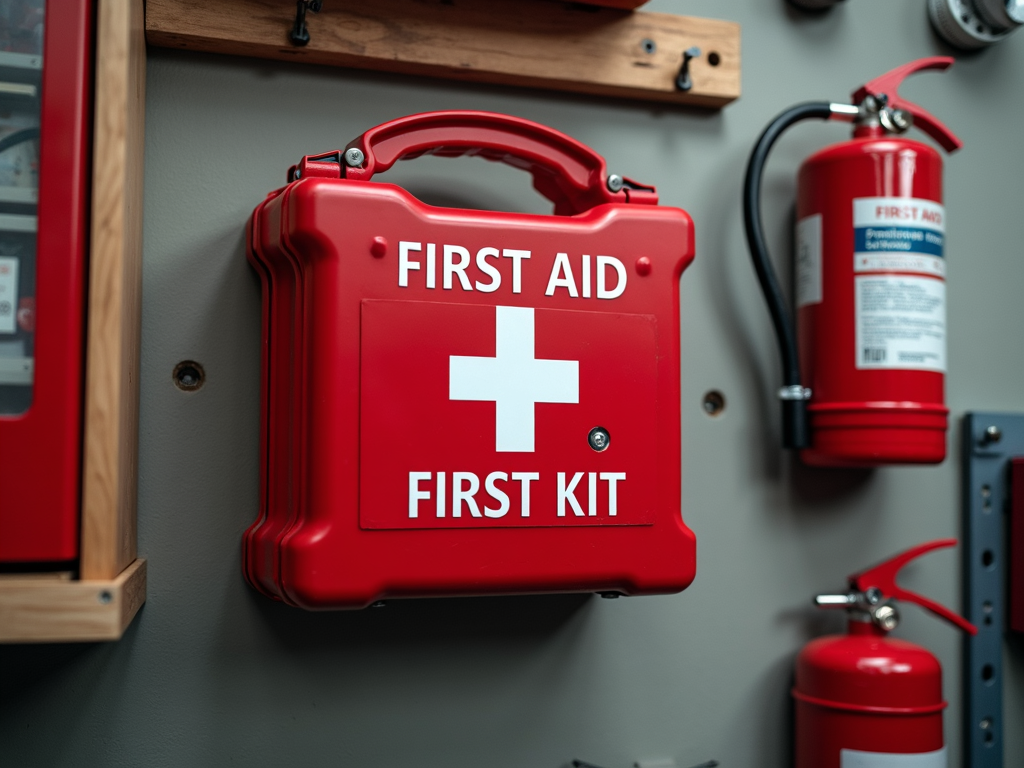
Summary
Workshop safety is a critical concern for anyone working with tools and materials. By wearing appropriate personal protective equipment, using tools safely, keeping your workshop organized, and being prepared for emergencies, you can significantly reduce the risk of accidents and injuries. Remember, safety first!
Related Safety First: Protecting Yourself in the Workshop:
- DIY Workshop Safety Tips for Every Hobbyist: A Comprehensive Guide
- How to Prep Your Room for Painting: A Comprehensive Guide
- Essential Workman Tools for Metalworking: A Comprehensive Guide
- Top Workman Tools for Electricians: Must-Haves for Every Job
- Advanced Tool Maintenance Techniques: Ensuring Longevity and Efficiency
- How to Choose the Right Power Drill for Your Project
- The Ultimate Guide to the Best Wrench Sets for Construction Workers
- DIY Workshop Organization: Budget-Friendly Solutions for a Clutter-Free Workspace
- Essential Safety Gear for Electricians
- The Importance of Workplace Safety and Ergonomics
- Essential Workman Tools for Plumbing: A Complete Guide
- Essential Safety Tips for Using Power Tools: A Comprehensive Guide


